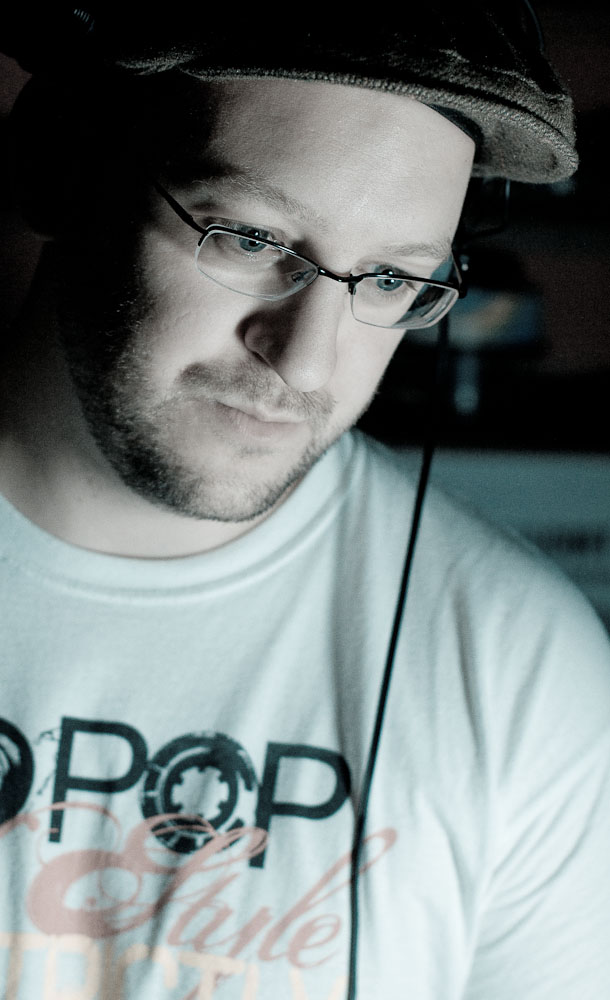
The (in)famous disco twins
If you're using flashes on the go, you may have noticed that there's lots of ways you can create interesting effects: Bouncing the light of the ceiling, for example (that's possible even if you are using a compact camera, by the way), or similar.
A lot of photographers swear by Light Spheres, such as the ones marketed and sold by Gary Fong, Lumiquest and Sto-Fen. They're good products, there's no doubt about that, but I always had a problem with them: Basically, light doesn't care whether it travels through a pretty, $60 piece of plastic, or anything else.
The idea is simple: You're trying to increase the apparent size of your light source. When you do that, you can create some beautiful, soft light.
Creating the flash diffuser
But does that mean you have to spend a lot of money? Like hell it does. The other day, I was going to go take some photos of my good friend Sherlock Ohms, who was going to do a spot of DJ'ing in central London. I had never been to the venue, so I couldn't know for sure whether the ceilings were light enough to trust bounce flash, and I didn't know how big the venue was, so wasn't sure whether I could bring along an umbrella. (In retrospect, I'm lucky I didn't; there were too many people and too little space).
As I was standing in my living room thinking about this little conundrum, my eye fell on the Jiffy bags I use to ship out my Gray Cards (you have bought a set, haven't you? Because if you haven't, you really ought to), and I had an idea: There's no reason why a bubble envelope shouldn't work as a lovely light diffuser.
Ingredients
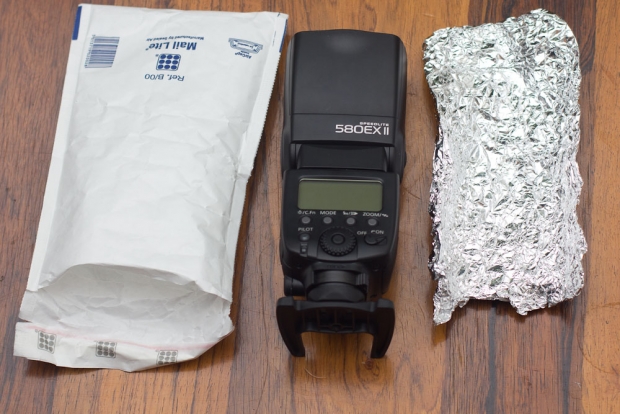
A cheeky modification
However, I wanted it to be a little bit directional as well; there's no point in lighting the area behind me, if I need the light to go forward. So I dove into the kitchen drawer and got some aluminium foil. I clad the inside of one side of the envelope with some foil, and simply stapled it into place (if I had had a little more time, I'd probably have glued it, to prevent the staples from scratching my flash).
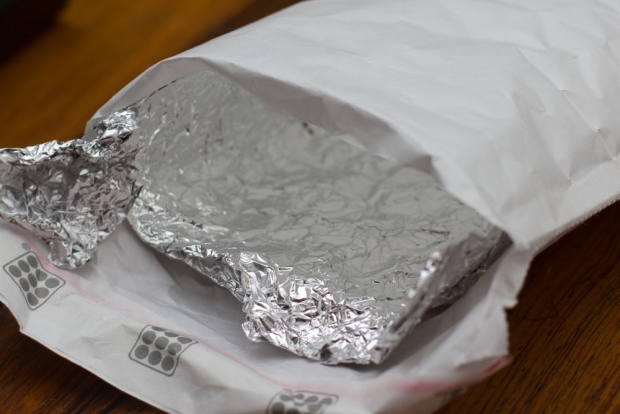
Final assembly
Finally, all you need to do is to insert the flash head into the top of the envelope. It fit snugly, so I didn't have to do anything else. Perfect! If the envelope had been slightly larger, a rubber band would have been sufficient to hold it in place.
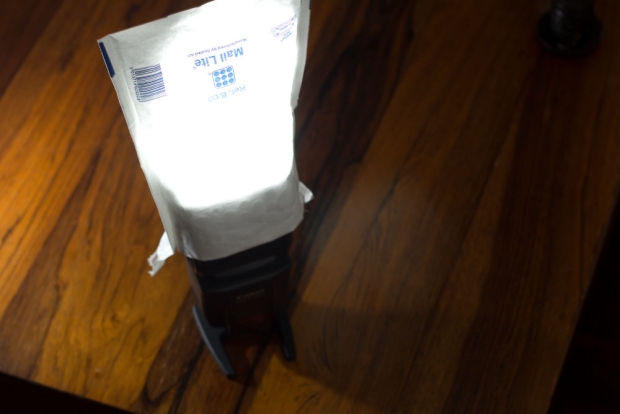
Let's give it a go!
So there you have it; a $1 envelope and about $0.05 worth of aluminium foil made a beautiful light shaper. If it works? Well, let's take a look:
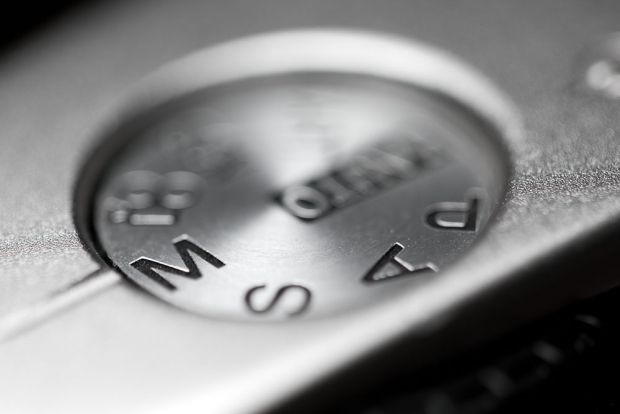
Looks like a studio shot, right? Well, the set-up shot isn't nearly as glamorous:
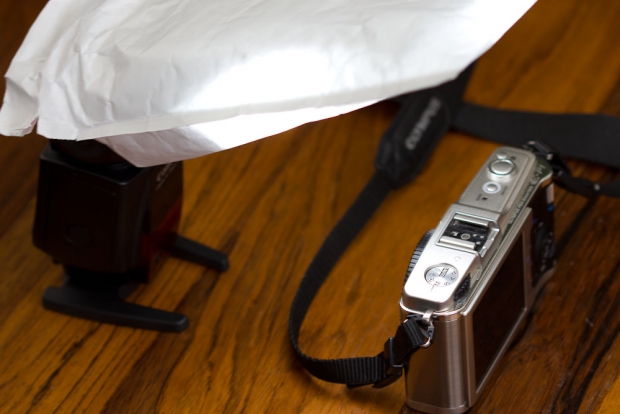
And the shots of my friend who was DJ'ing?
